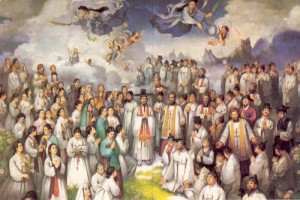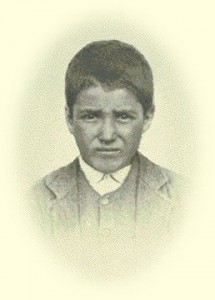Titus

Feast Day: November 10
Canonized: Pre-Congregation
Only two popes in history have been given the title “the Great.” Pope Leo is one of them. Leo was born in Tuscany in Italy around the year 400 and served as an advisor and diplomat for two popes. He was still a deacon when he was elected pope. Pope Leo was the first pope to call himself the successor to St. Peter.
Pope Leo was responsible for important changes in the Church year. He added new feasts and placed greater importance on the celebration of Christmas. He replaced pagan holidays with Christian celebrations and began the practice of fasting during certain Church seasons.
Heresies, or false teachings, were another area of concern for Pope Leo. He wrote letters to the bishops to help them better understand the true teachings of the Church that have come down to us from the Apostles; he gave sermons correcting false teachings, and he even called an important Church meeting to deal with confusion caused by false teachings. Leo the Great is also responsible for helping people understand the meaning of the Incarnation, God becoming man in Jesus. For his great gift of teaching, Pope Leo has been given the title of Doctor of the Church.
Pope Leo was also a peacemaker. He personally convinced the Huns to turn back from their planned invasion of Rome. Although the warring tribe called the Vandals did invade Rome, Leo was able to keep them from burning and looting the city.
Leo is best known for being a good shepherd and pastor for all the people of the Church, from the bishops to the poor who begged for food on the streets of Rome. He reached out to the poor and neglected people of the world and urged the bishops to do the same. His homilies helped people know how to live their faith because they were full of practical advice.
He died around November 10 in the year 461.
Connecting with Blest Are We® Parish and School
The Story of Our Church, chapter 5




Comments are closed.